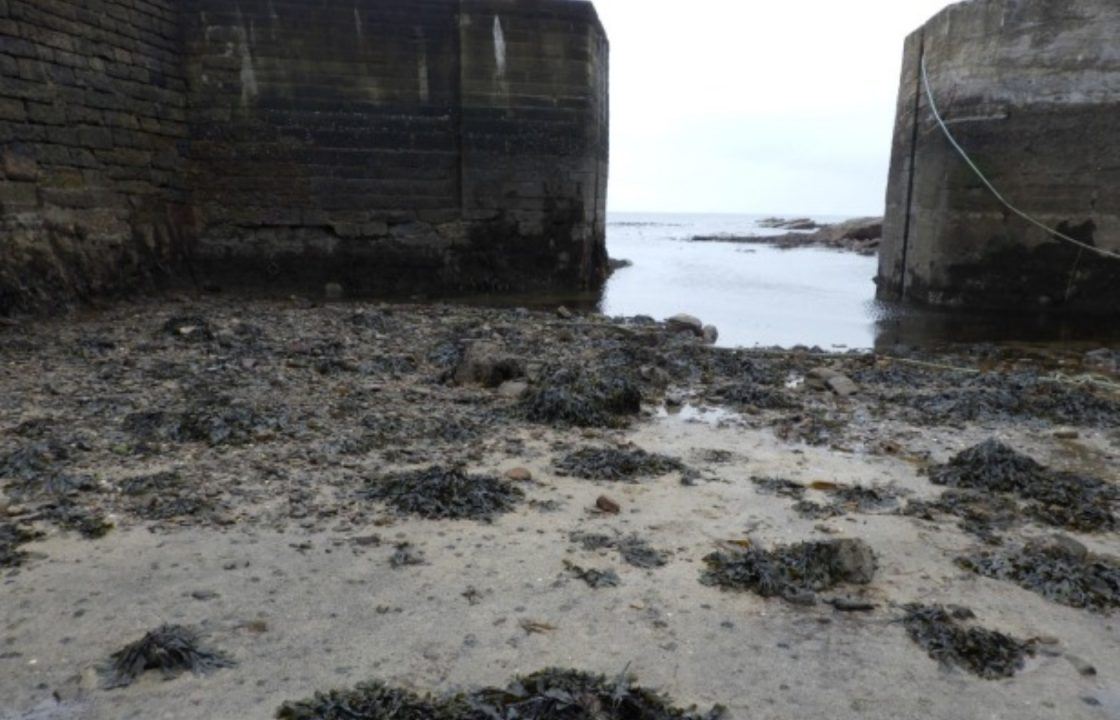Thanks to spiralling removal and hauling costs, Fife Council is seeking new solutions to Cellardyke’s historic seaweed problem.
The local authority has asked for planning permission to put a net across the mouth of the harbour between October and March for the next two years to prevent seaweed from entering the harbour and causing foul smells as it decomposes.
The accumulation of seaweed is not a new issue – the council has been forced to haul it away for many years. However, removal costs more than quadrupled in 2022, forcing the council to think of new solutions.
Between 2011-18, the council spent between £2,000-4,000 per year to remove the seaweed using a haulier company.
However, in 2022, the job became “too onerous” for the company, and the council was forced to dispose of the seaweed at a landfill facility for a one off total of £18,518 in January.

“This is a relatively significant proportion of the annual Harbours Revenue Budget to spend on a single harbour, and it is no longer financially viable for Fife Council to continue this management practice,” a supporting statement said.
The council said the accumulation of seaweed at Cellardyke has been a problem for many years. In a planning statement, the council explained that the seaweed is dislodged offshore by storm or trawling activity, and is then washed into the harbour during periods of onshore wind and wave action.
“At Cellardyke due to the narrow harbour entrance and its orientation to the southwest the seaweed becomes trapped, and experience shows that it does not disperse unlike at some other locations,” the local authority explained.
Doing nothing is not an option, according to the council.
Although leaving the seaweed to naturally decompose would save removal costs, it would lead to an ongoing nuisance issue for nearby visitors and residents.
“Over a relatively short period of time, and certainly within one or two years, there would likely be a permanent cover of decomposing seaweed across a significant area of the harbour bed as past experience would suggest that it will accumulate at a rate faster than the rate of decomposition and it does not generally exit the harbour once it has entered,” the council explained in a planning statement.
“This would likely lead to an ongoing nuisance issue in regard to flies and odour for the residents around the harbour and adjacent streets.”
Other potential solutions, such as disposing of the seaweed on the coastline, continued landfill disposal, providing the seaweed to a compost producer, and more were explored, but the council believes that a seaweed net is both the most financially and environmentally sound solution.
The council will consider the planning application and make a decision in due course.
Follow STV News on WhatsApp
Scan the QR code on your mobile device for all the latest news from around the country


 LDRS
LDRS






















